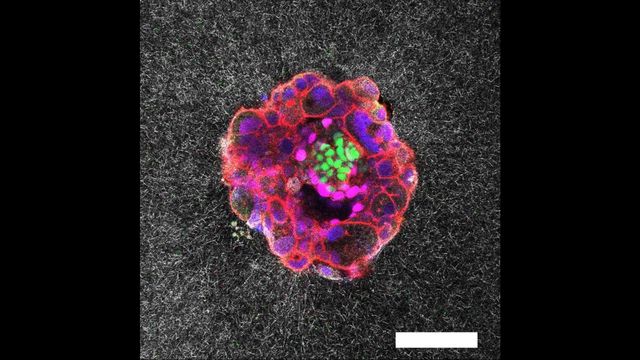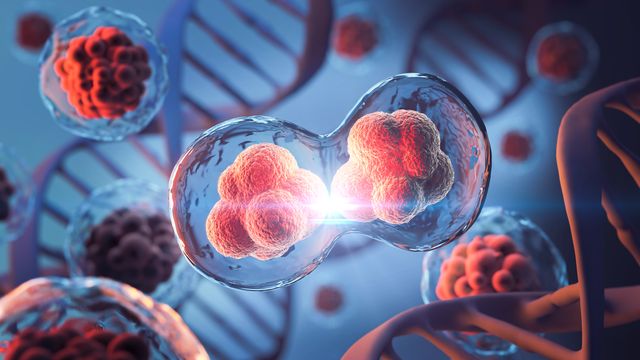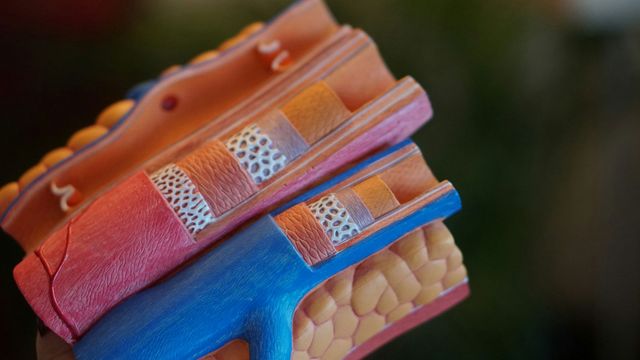Trending News
News

News
How Sweet Receptors Detect Sweeteners
Scientists used structural biology approaches to gain insight into how sweet taste receptors detect sweeteners, guiding the design of better sweeteners.
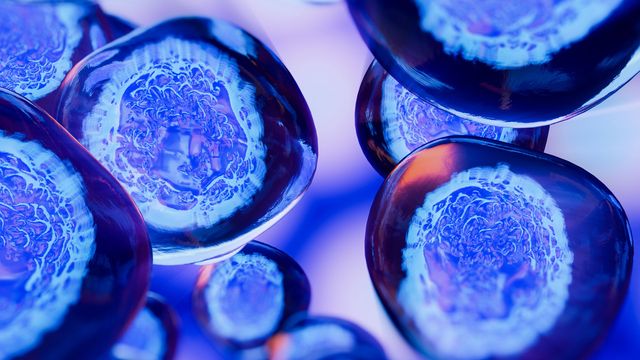
News
Reducing Inflammation To Prevent Kidney Damage in Lupus
Researchers are developing a new approach to preventing lupus nephritis – improving the health and function of the cells that line the kidney blood vessels, to prevent immune cells from leaking into kidney tissue and damaging it.
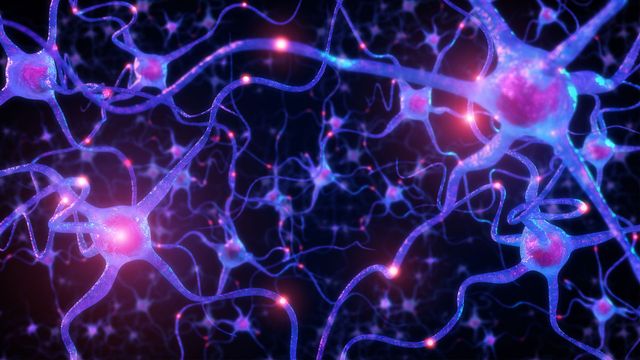
News
Decrease in Ribosomes Detected During Neurodevelopment
Researchers have identified a stage of neurodevelopment where differentiating neural cells produce fewer ribosomes, potentially offering an explanation for some neurodevelopmental disorders.
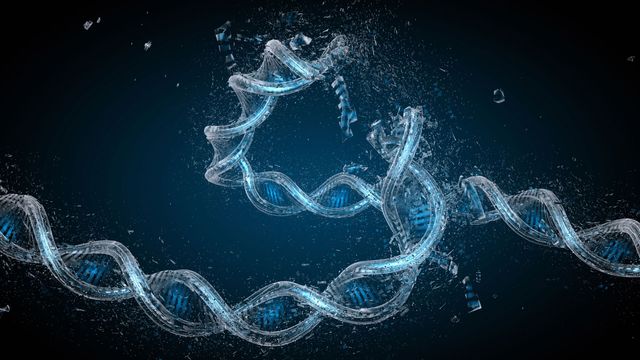
News
Cells Have a Second DNA Repair Toolbox
Particularly difficult DNA repair cases are now known to be transported to the inner edge of the nucleus, to be fixed by a secondary set of DNA repair enzymes.
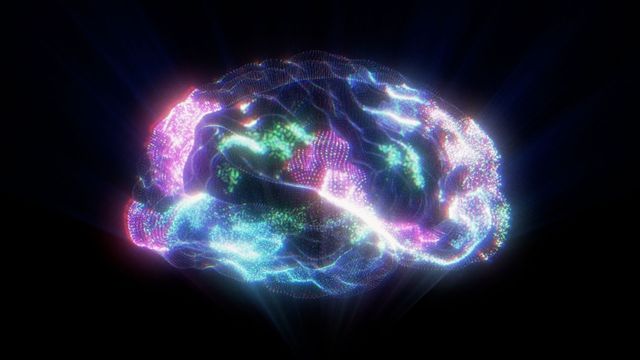
News
Psychedelics and Non-Hallucinogenic Analogs Activate the Same Pathway, Differently
Researchers found that non-hallucinogenic versions of psychedelic drugs promote neuroplasticity through the same biochemical pathway as psychedelics. However, they don’t activate genes long thought to be key players in that process.
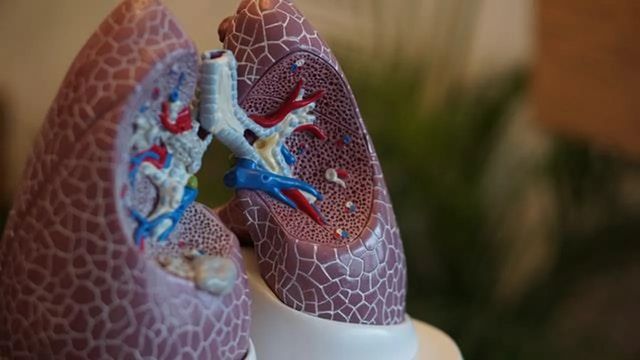
News
Lung-on-a-Chip Helps Unravel Responses to Respiratory Viruses
A lung-on-a-chip system emulates different regions of human lungs to help researchers understand respiratory infections.
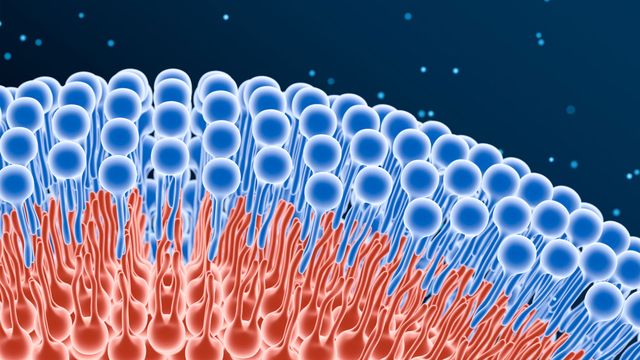
News
Researchers Identify Biophysical Rules Governing Cell Membrane Behavior
The erratic behavior of cell membranes could be explained by unified biophysical laws relating to how lipids are packed into the membrane, which were identified at the nanoscale.
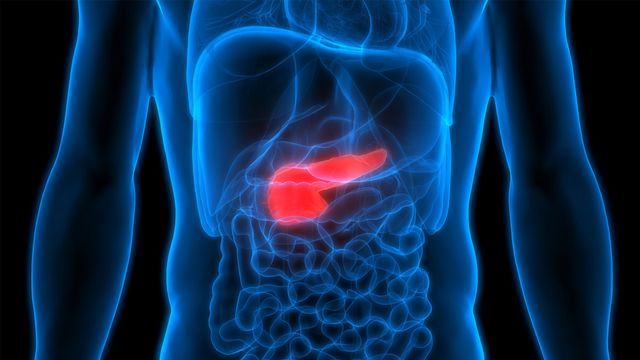
News
Sugar "Coat" Protects Cells Typically Destroyed in Type 1 Diabetes
Cancer cells coat themselves in a sugar to avoid the immune system, and now research has shown that dressing pancreatic beta cells in the same sugar enables the immune system to tolerate them.
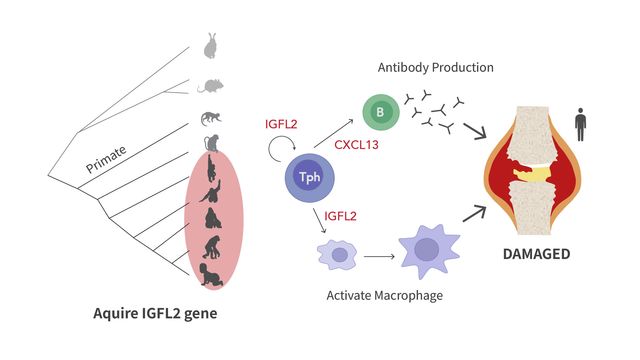
News
Study Reveals What Fuels Rheumatoid Arthritis Inflammation
Researchers have discovered that an immune molecule found only in primates, called IGFL2, plays a key role in regulating inflammation in rheumatoid arthritis.
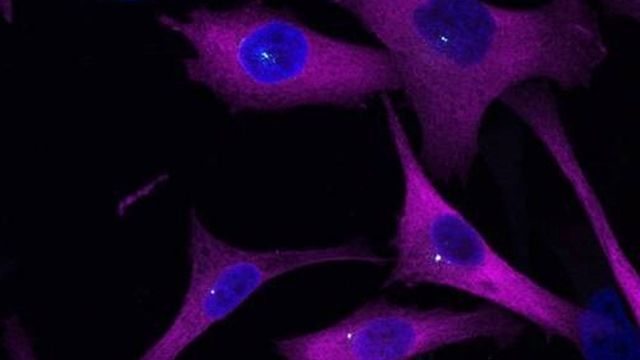
News
The “Sat-Nav” Protein That Helps Cancer Cells Spread
Researchers have discovered a protein which is critical for steering melanoma cancer cells as they spread throughout the body.
Advertisement
